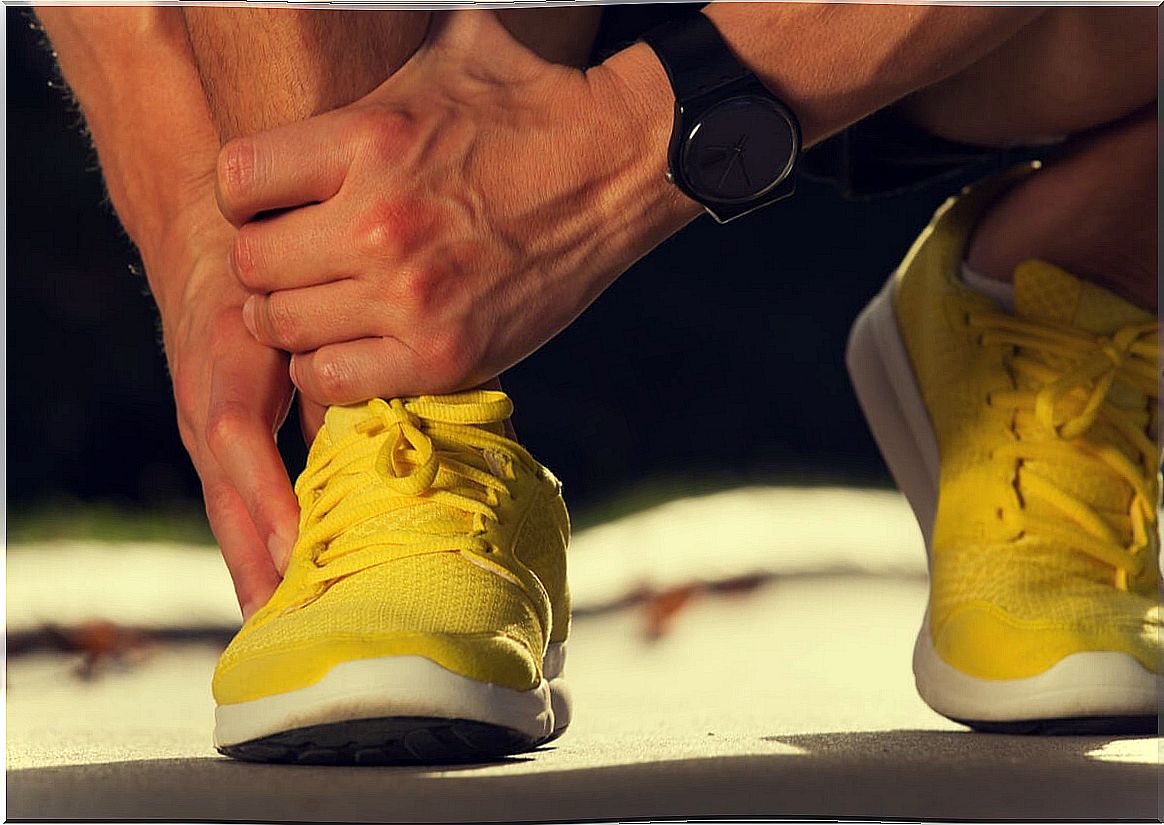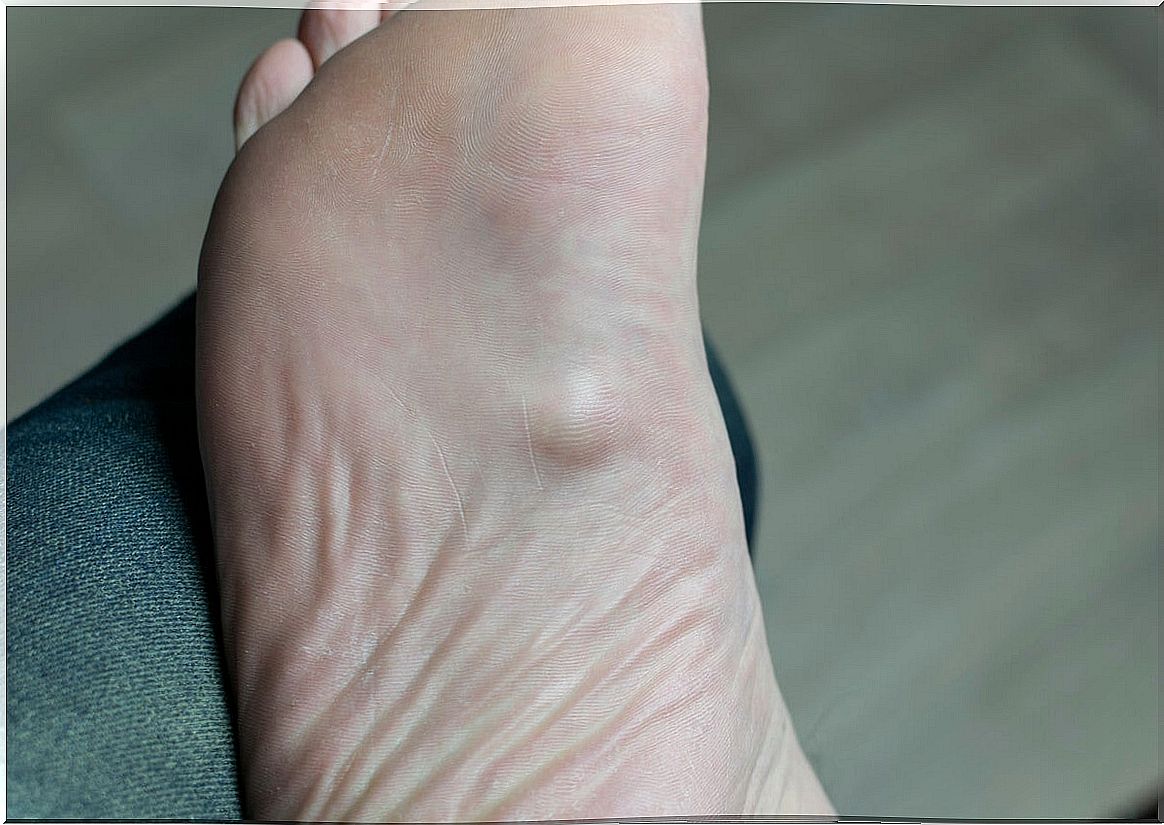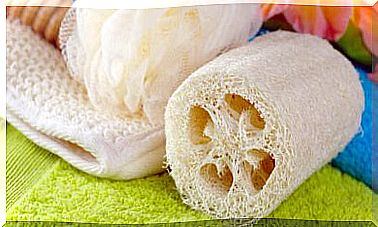Ledderhose Disease Or Plantar Fibromatosis: What Does It Consist Of?
Ledderhose disease or plantar fibromatosis is a rare disease of unknown cause in which benign hyperproliferation of the plantar fascia – thick tissue of the sole of the foot – occurs. This promotes the appearance of connective tissue nodules, also known as fibroids .
According to research journals, this pathology affects 1.2 out of every 10,000 inhabitants and 6 out of 10 patients are male. Due to this low incidence, it is considered a rare disease with a very atypical presentation.
What is Ledderhose disease?
As we have said, Ledderhose disease or plantar fibromatosis consists of the appearance of benign lumps on the sole of the foot, that is, not carcinogenic. As various studies indicate, it is much more common in men —10 times more—, even more if they are in a middle-aged range.
It should be noted that 50% of patients with Ledderhose disease also have Dupuytren’s disease or palmar fibrosis, characterized by a thickening of tissue under the skin of the hands. Conversely, palmar fibrosis is accompanied by plantar fibrosis in only 3% of cases.

What are your causes?
The cause of Ledderhose disease is still unknown. It has been associated with repeated trauma to the sole of the foot and certain hereditary genetic processes, but its mechanisms of emergence are heterogeneous and diffuse.
Other studies indicate that this pathology can also be associated with diseases such as diabetes, epilepsy, chronic liver deficiencies, chronic alcoholism, other fibromatosis, and trauma. As we have already said, plantar fibromatosis is associated in half of the cases with Dupuytren’s disease.
Characteristic symptoms of Ledderhose disease
Undoubtedly, the clearest symptom of the disease is the appearance of one or more superficial bumps — 0.5 to 3 centimeters in diameter — on the soles of one or both feet. Patients often describe these formations as hard and well-edged, as if they had a stone under their skin .
At first, these nodules are not painful, but as they grow and infiltrate more internal tissues, they can cause discomfort in the patient when supporting the affected foot. In general, a toe contracture does not usually occur, unless the formation affects the location and function of a tendon.
Diagnosis
In general, the diagnosis is based on differentiating the origin of the strange lump on the sole of the foot: this can be due to Ledderhose disease, plantar fasciitis or a soft tissue tumor, for example. For this reason, as indicated by the EM portal consult, the medical professional usually resorts to performing an ultrasound of the affected area.
When there is any doubt about the origin of the swelling in the sole of the foot after the ultrasound, diagnostic support can be sought in an MRI. These techniques detect spindle nodules and the characteristic thickening of the plantar fascia.
Treatment of Ledderhose disease
The therapeutic means to face this pathology are diverse. The following measures are the most used almost always:
- The most conservative treatment is based on the use of orthotics – bandage-like foot supports. This is accompanied by stretching, proper footwear and the modification of certain habits.
- Infiltration of corticosteroids into the tissue can reduce the size of the nodules. The effects begin to be noticed after three months of treatment.
- Shock waves and proteolytic enzymes can be used, although these treatments are in the experimental phase.
Surgery is only contemplated in patients who feel pain when supporting the foot. The reason is that, unfortunately, the chances that the nodule will reappear after the extraction is quite high.

A rare foot pathology
As you may have seen in these lines, Ledderhose disease is rare, not very aggressive and affects the patient locally on the foot. Treatment is usually based on the application of drugs and support techniques, but surgery is only conceived in the most troublesome cases.
Unfortunately, given the likelihood of recurrence and the unknown cause of the condition, the nodules may accompany the patient for life. Still, it is a disorder that, with proper footwear and medical support, is not a big problem on a day-to-day basis.








